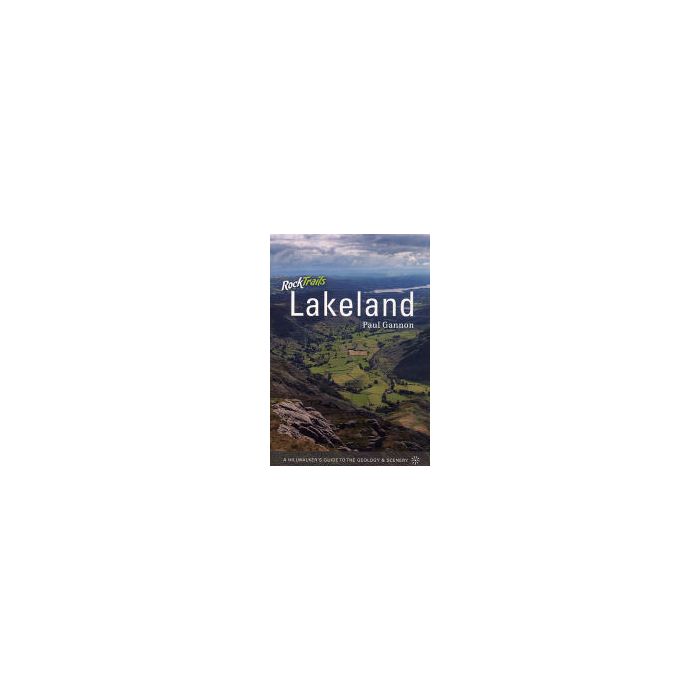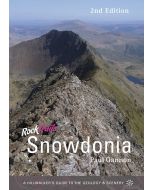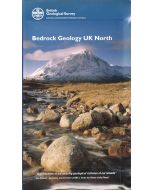We use cookies to make your experience better. To comply with the new e-Privacy directive, we need to ask for your consent to set the cookies. Learn more
Rock Trails Lakeland
A Hillwalker's Guide to the Geology & Scenery
£14.95
In Stock
Usually dispatched within 24 hrs. Free delivery to UK for orders £25 and over
| Cordee Code: | CWL041 |
|---|---|
| Page Size: | 140 x 200 mm |
| No of Pages: | 252 |
| Publisher: | Pesda Press |
| ISBN13: | 9781906095154 |
| Author: | Paul Gannon |
| Language: | English |
| Published Date: | May 2009 |
| Binding: | Paperback (flapped) |
| Illustrations: | colour photos |
| Weight: | 400g |
| Product Type: | Guide Books |
| Countries: | Ukraine |
This book explains to the hillwalker, in easy to understand but accurate terms, how geology has shaped the landscape of the Lake District. A selection of fifteen guided walks is used to illustrate this in terms of what can be seen on the ground.
Rock Trails Lakeland, divided into two parts, is intended to help those who love the Lake District's mountain scenery to understand how this beautiful landscape came about. The first half narrates the story of colliding continents, volcanoes, mountain-building and glaciations in creating the Lakeland, explaining why volcanoes occurred, the rocks they created and how to interpret signs of mountain-building and glaciations on the ground. The second half describes recommended walks of differing levels of difficulty, all with a wide variety of geological features to be seen and, most important, with consistently fantastic views of the very best of the Lake District's wonderful scenery.
The author has concentrated on what you can see as you walk around the hills, h
Rock Trails Lakeland, divided into two parts, is intended to help those who love the Lake District's mountain scenery to understand how this beautiful landscape came about. The first half narrates the story of colliding continents, volcanoes, mountain-building and glaciations in creating the Lakeland, explaining why volcanoes occurred, the rocks they created and how to interpret signs of mountain-building and glaciations on the ground. The second half describes recommended walks of differing levels of difficulty, all with a wide variety of geological features to be seen and, most important, with consistently fantastic views of the very best of the Lake District's wonderful scenery.
The author has concentrated on what you can see as you walk around the hills, h




